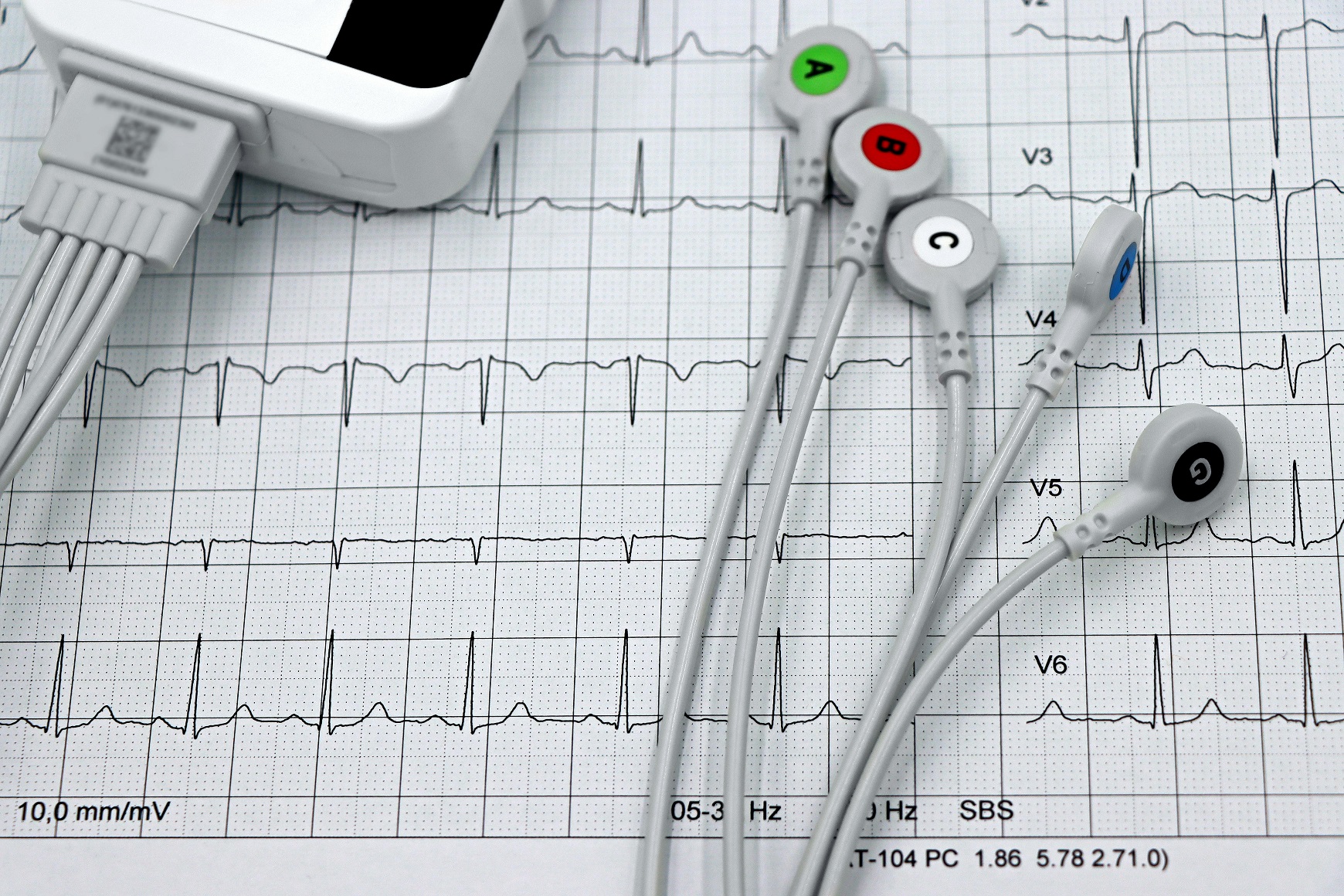

Is coronary artery disease hereditary? Genetics can play a significant role in determining a person’s risk for developing this condition. Few health conditions have garnered as much attention and concern as coronary artery disease (CAD). It’s often called the “silent killer” – and for good reason. CAD is the leading cause of death worldwide, affecting millions each year. Some sufferers are unaware of their vascular disease until they experience a serious health crisis.
While lifestyle choice and environmental factors play a significant role in developing cardiovascular disease, the genetic influence on coronary artery disease has become increasingly apparent.
Knowledge is power. Understanding these genetic links can provide insights into an individual’s risk factors and point to preventative measures and personalized treatment options. To begin, let’s understand the disease more clearly.
Coronary artery disease is a medical condition in which the blood vessels that supply oxygen and nutrients to the heart become narrowed or blocked. In most cases, this is due to a buildup of cholesterol and other substances on the artery walls. This plaque hardens and narrows the arteries, limiting the vital blood flow to the heart muscle. The plaque building – a medical process called atherosclerosis – can lead to chest pain (angina), shortness of breath, heart attack, or stroke. However, CAD often progresses silently until it manifests as a severe cardiac event.
Heart disease is a leading cause of mortality worldwide, and a combination of factors influences its development. Smoking, high alcohol consumption, unhealthy eating, physical inactivity, and being overweight are all risk factors that increase the likelihood of developing CAD. The existence of other medical conditions like high blood pressure, diabetes, or uncontrolled LDL (low-density lipoprotein) cholesterol levels also affect heart health. Finally, too much stress can raise blood pressure and lead to vascular diseases like CAD.
Cardiovascular disease has one other major contributor – genetic predisposition. Let’s examine the role of genetics in inherited cardiovascular disease.
Genetic predisposition plays a significant role in the development of cardiovascular disease. Family history is a strong predictor of CAD risk, with individuals having a first-degree relative with CAD being more likely to develop the disease. So, patients with a mother, father, or sibling who suffers from cardiovascular disease may want to speak with their doctor to get a clearer picture of their risk level.
Certain genetic variations may increase the risk of disease. Genetic studies have identified multiple gene variants associated with an increased risk of CAD. Risk factors for inherited cardiovascular disease include variants in genes involved in lipid metabolism, blood pressure regulation, and inflammation.
One of the most well-known genetic variations is the presence of a mutation in the apolipoprotein E (APOE) gene. This affects cholesterol levels and plaque buildup in the blood vessels. Another critical genetic factor is variants of the low-density lipoprotein receptor (LDLR) gene which may cause elevated LDL cholesterol (aka “bad cholesterol”) levels.
Genes directly involved in inflammation have been associated with an increased risk of CAD. Interleukin-6 (IL-6) and C-reactive protein (CRP) are two common culprits. This highlights the role of chronic inflammation in the disease’s progression.
Getting an understanding of an individual’s personal risk level can aid them in making meaningful adjustments, even at a relatively young age or before symptoms appear, to help slow or reverse disease progression.
Genetic studies are crucial for advancing our understanding and management of heart health. By identifying the variations of a single gene that influences the development and progression of CAD, researchers can pinpoint the underlying biological mechanisms driving heart disease.
Genome-wide association studies (GWAS) have already identified genetic variants associated with CAD risk. Each year holds the promise of further knowledge as more data points are collected and a pattern emerges.
Further functional studies are needed. Identifying the biological pathways involved in CAD can inform the development of promising new therapies. Truthfully, though, even rare genetic variants can contribute to CAD risk, particularly in individuals with a family history of the disease. It is an uphill battle, but it is one worth fighting.
Understanding the mechanisms by which genetic variants contribute to CAD risk is crucial for developing effective prevention and treatment strategies. Additionally, the development of polygenic risk scores that identify multiple key indicators can help identify individuals most at risk of developing CAD.
Developing cardiovascular disease is a complex process involving a cross-section of genetic and lifestyle factors.
“What’s the point if I can’t control my genes?” While it’s true that there may be little we can do to influence a gene mutation with current technology, that may not always be the case. Gene editing technologies such as CRISPR may hold promise for treating genetic disorders contributing to CAD.
There is a lot that patients can do to influence their risk level. Completing a few key changes in lifestyle can bring long-reaching benefits. Lifestyle factors such as smoking, physical inactivity, and a poor diet can be corrected with concerted effort. Patients should review any planned changes in diet or exercise with their healthcare professional and start to make changes as part of a comprehensive treatment plan.
Elevated blood pressure and high cholesterol are also major risk factors for CAD, but there are effective medications such as statins that can help reduce CAD risk in individuals with high cholesterol.
Medical interventions such as angioplasty and stenting can help restore blood flow to the heart in individuals with CAD. In these procedures, a catheter with a balloon tip is inserted into the blood vessel and guided with imaging assistance to the site of a blockage. The balloon is inflated, compressing any plaque buildup against the artery walls. A wire mesh tube called a stent is placed to keep the blood vessel from collapsing or getting clogged again.
Surgery like coronary artery bypass grafting (CABG) may be necessary in severe cases of CAD. This procedure involves taking a blood vessel from another area in the human body and using it to divert blood flow around a blocked artery. A doctor may need to perform emergency surgery in cases of acute coronary syndrome.
Managing genetic risk involves a combination approach – lifestyle modifications and medical interventions. However, individuals with a family member who has CAD or other cardiovascular diseases should discuss their risk with their healthcare provider. Genetic testing can help identify individuals with genetic risk factors for CAD. So, consider getting a cardiac screening done to determine your specific level of risk.
Cardiovascular disease is a scary prospect. This silent killer takes millions of lives each year. However, there is much a person can do to address their risks. By working to lower blood pressure, eating a heart-healthy diet, managing weight, and reducing stress, they can be in the best position to avoid this disease. Even people with inherited cardiovascular disease due to gene mutation can make significant changes in their lives to reduce the risk of CAD.

0 comments